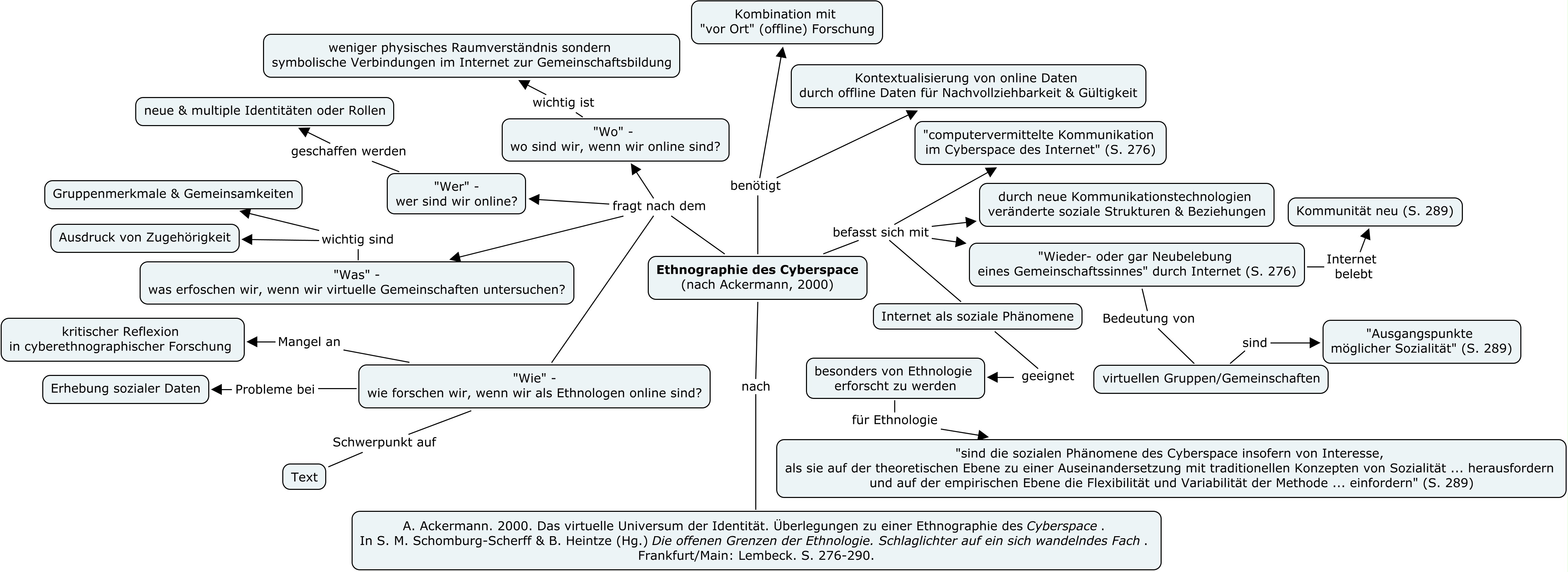Budka, P. (2018). The anthropology of digital visuality: Notes on comparison, context and relationality. Paper at Vienna Anthropology Days 2018 (VANDA2018), Vienna, Austria: University of Vienna, 20 September.
Sociocultural anthropology provides theoretical approaches and concepts to comparatively study local life-worlds, to contextualize cultural meaning, and to (re)consider human/non-human and socio-technical relations that have been emerging with digital media technologies (e.g. Horst & Miller 2012, Moore 2012, Whitehead & Wesch 2012). Ethnography and ethnographic fieldwork, as methodological tools, allow for investigating digital practices and processes by considering the above aspects (Pink et al. 2016). For anthropology it is of particular interest how people engage on a day-to-day basis with digital media and technologies, internet-based devices and services, mobile computing as well as software applications and digital platforms.
In this paper, I discuss, from an anthropological perspective and through brief ethnographic examples, digital visuality as a contemporary phenomenon that constitutes emerging patterns of visual communication and culture. In addition, I am briefly discussing digital visuality as a concept to approach and investigate the visual in digital times.
Digital media technologies and mobile networked devices, such as smart phones, have become ubiquitous means of visual production, communication and representation (e.g. Gómez Cruz et al. 2017). Moreover, digital platforms and social media services, such as YouTube, Facebook and Instagram, are utilized to share and consume visual artefacts. Constituting and changing thus communicative practices and visual culture alike. Consequently, these transformation processes provide new challenges and possibilities for the anthropological and ethnographic study of the visual (e.g. Pink 2011).
Digital visuality

